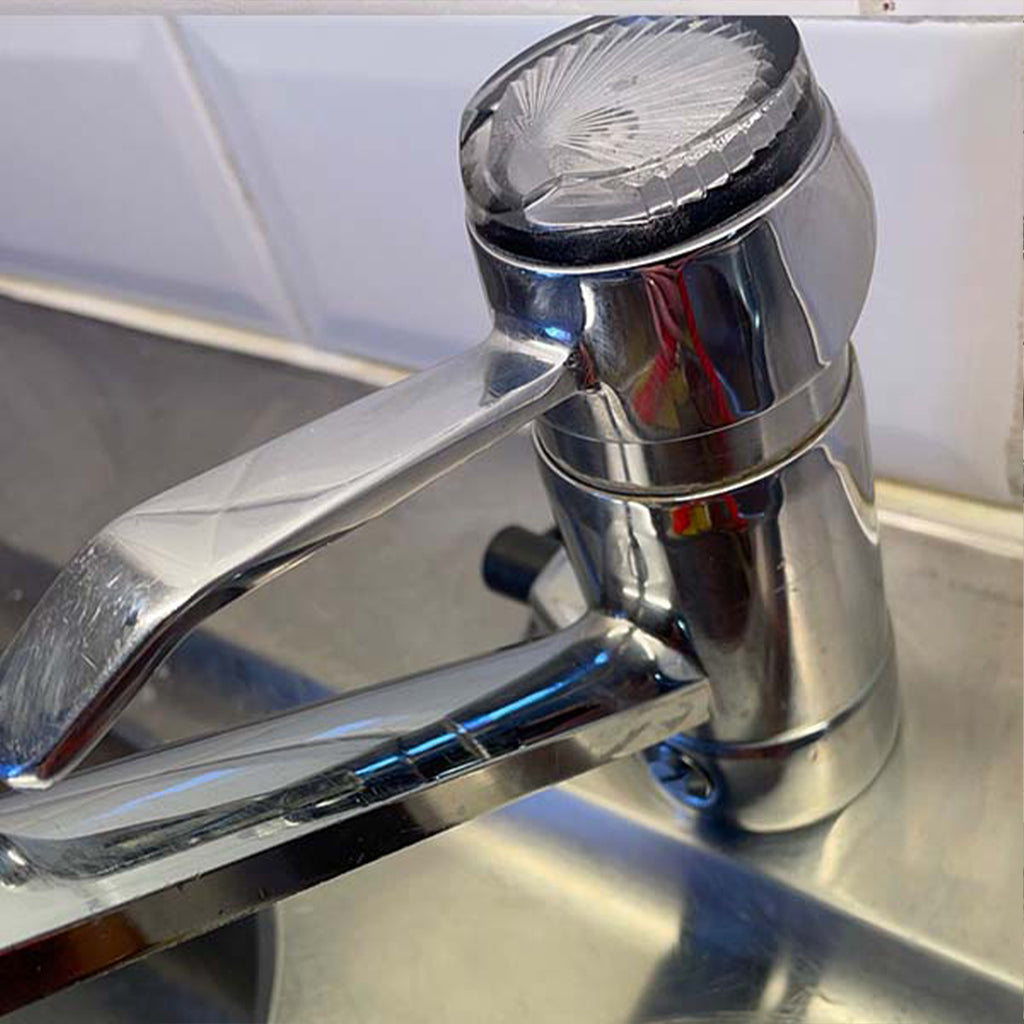Limescale deposits can be stubborn and difficult to get rid of, especially when they are on faucets and fixtures. But here we share a clever trick to easily get rid of the limescale without using harsh chemicals!
Last edited May 8, 2024
This is how easily you remove stubborn limescale stains with vinegar & a pair of pantyhose!




Limescale is difficult to get rid of, it sits hard and looks really bad where it sits on faucets and fixtures. Here we show a "trick" that makes you easily get rid of the miserable limescale! Completely naturally, without unnecessary chemicals, you easily remove the limescale. In the video clip below, we show how to do it.
You need
- Vinegar
- Paper towels
- A pair of old nylon stockings
- Scrub brush
- Cloth
- A little soap
- A little time
Do this:
1. Soak paper towels with vinegar.
2. Make a wrap around the faucet of the thoroughly soaked paper. It should cover the entire faucet where there is limescale.
3. Attach everything by pulling on the stocking and tying it.
4. Let it work for 1 – 2h
5. Scrub the faucet with a brush and soap – be careful with the joints.
6. Rinse and wipe dry!
Voila, your stubborn limescale stains are gone!
Watch the video here below, here we show you how to do it!
Products that may be good to have when removing limescale
_______________________________________________________________________________
Questions and answers
- Why is vinegar effective for removing limescale deposits?
- Why are paper towels and nylon stockings used in the process?
- Why are a scrub brush and soap needed after the vinegar has worked?
- How long should you let the vinegar work on the limescale deposits?
- Why is it important to rinse and dry thoroughly after the limescale has been removed?
